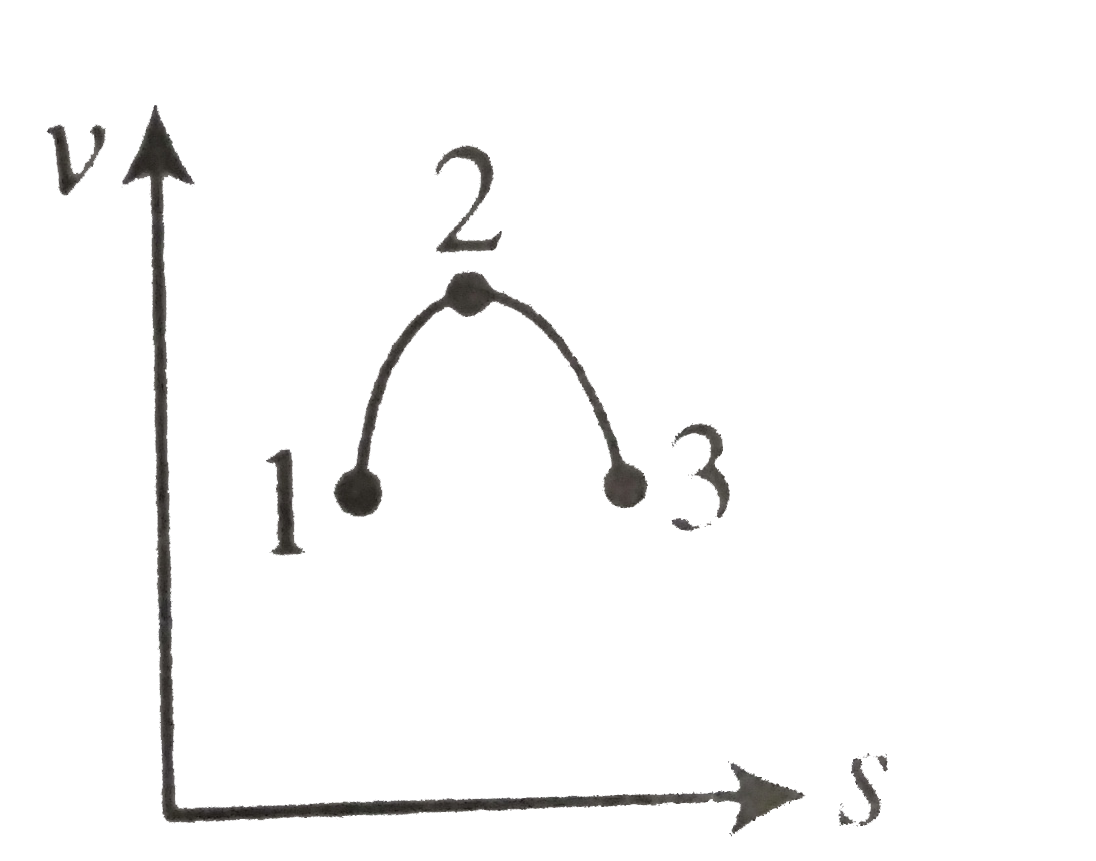Which of the following statement is not correct for an object moving along a straight path in an accelerated motion?
Its speed keeps changing
Its velocity always changes
It always goes away from the earth
A force is always acting on it
The correct Answer is:C
To determine which statement is not correct for an object moving along a straight path in accelerated motion, let's analyze each option step by step.
Step 1: Understanding Accelerated Motion
Accelerated motion means that the object is experiencing a change in velocity over time. This change can be due to a change in speed, direction, or both.
Step 2: Analyzing the Statements
1. Its speed keeps changing:
- In accelerated motion, the speed of the object can change. This statement is correct.
2. Its velocity always changes:
- Velocity is a vector quantity that includes both speed and direction. If an object is accelerating, its velocity will change. This statement is also correct.
3. It always goes away from the Earth:
- This statement implies a specific direction of motion. An object in accelerated motion can move in any direction, including towards the Earth, away from the Earth, or horizontally. Therefore, this statement is not correct.
4. A force is always acting on it:
- According to Newton's second law, if an object is accelerating, there must be a net force acting on it. This statement is correct.
Conclusion
The statement that is not correct for an object moving along a straight path in accelerated motion is "It always goes away from the Earth."
Final Answer
The incorrect statement is: "It always goes away from the Earth."
---
Accelerated motion means that the object is experiencing a change in velocity over time. This change can be due to a change in speed, direction, or both.
1. Its speed keeps changing:
- In accelerated motion, the speed of the object can change. This statement is correct.
- Velocity is a vector quantity that includes both speed and direction. If an object is accelerating, its velocity will change. This statement is also correct.
- This statement implies a specific direction of motion. An object in accelerated motion can move in any direction, including towards the Earth, away from the Earth, or horizontally. Therefore, this statement is not correct.
- According to Newton's second law, if an object is accelerating, there must be a net force acting on it. This statement is correct.
The statement that is not correct for an object moving along a straight path in accelerated motion is "It always goes away from the Earth."
The incorrect statement is: "It always goes away from the Earth."
Topper's Solved these Questions
- BOOK - NCERT EXEMPLAR ENGLISHCHAPTER - FORCE AND LAW OF MOTIONEXERCISE - SHORT ANSWER9videos
FORCE AND LAW OF MOTION
- BOOK - NCERT EXEMPLAR ENGLISHCHAPTER - FORCE AND LAW OF MOTIONEXERCISE - LONG ANSWER3videos
FORCE AND LAW OF MOTION
- BOOK - NCERT EXEMPLAR ENGLISHCHAPTER - GRAVITATIONEXERCISE - LONG ANSWER TYPE QUESTIONS4videos
GRAVITATION
Similar Questions
Knowledge Check
- Question 1 - Select One
Which of the following statements is not correct regarding the motion of a particle in a straight line?
Ax-t graph is a parabola, if motion is uniformly accelerated.Bv-t is a straight line inclined to the time-axis, if motion is uniformly accelerated.Cx-t graph is a straight line inclined to the time axis if motion is uniform and acceleration is zero.Dv-t graph is a parabola if motion is uniform and acceleration is zero.
Which of the following x - t graphs shows an object moving with negative acceleration?
 View Solution
View SolutionWhich of the following is correct about a SHM, along a straight line?
View SolutionFigure shows the velocity-displacement curve for an object moving along a straight line. At which of the points marked is the object speeding up?
 View Solution
View SolutionFigure shows the velocity-displacement curve for an object moving along a straight line. At which of the points marked is the object speeding up?
 View Solution
View SolutionWhich of the following quantities may remain constant during the motion of an object along a curved path.
View SolutionWhich of the following quantities may remain constant during the motion of an object along a curved path.
View SolutionWhich of the following quantities may remain constant during the motion of an object along acurved path ?
(i) Velocity
(ii) Apeed
(iii) Acceleration
(iv) Magnitude of accelerationView Solution

